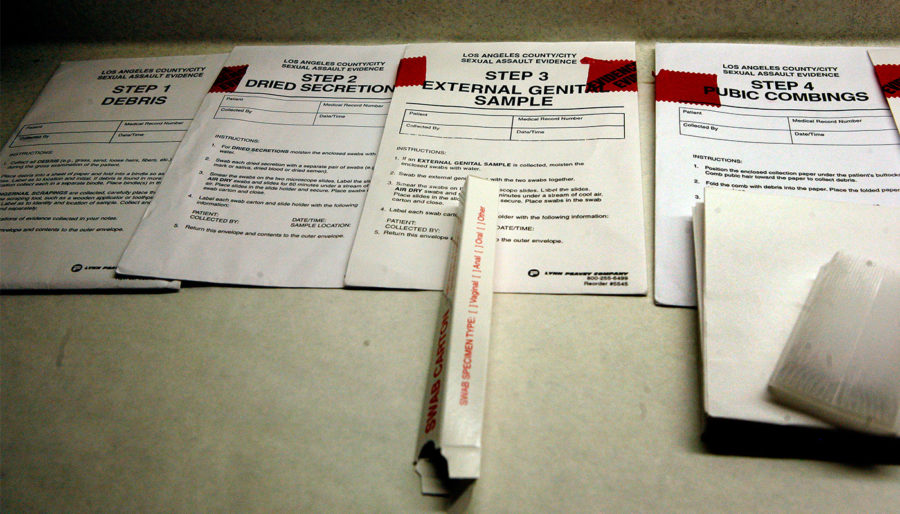Thousands of sexual assault kits around the nation have been left untested. One lab in Allegheny County found a short-term solution.
Natasha Alexenko is an advocate.
Alexenko is an activist.
Alexenko is a former museum scientist.
And in 1993, after Alexenko was raped and robbed at gunpoint, she became a survivor.
Alexenko, 43, an advocate with the Joyful Heart Foundation’s End the Backlog project and the founder of her own nonprofit — Natasha’s Justice Project — has been a sexual assault survivor for 23 years.
“I like to say surviving is a chronic disease — it never really goes away,” the Long Island, New York, resident said.
Alexenko was 20 when she was assaulted. Although she wanted to just forget about the incident, her college roommate at the New York Institute of Technology urged her to go to a hospital that night.
“My first thought was that I wanted to take a really hot shower. I was afraid for my life. But I’m grateful for that moment,” she said about deciding to go to the emergency room.
At the hospital, doctors examined Alexenko and gathered evidence of her assault in a rape kit, or a sexual assault evidence collection kit. Medical professionals use rape kits to store physical and biological evidence — including a collection of clothing from the survivor’s body, scrapings from under fingernails and swabs of bodily fluids, such as semen.
window.location.href = 'https://www.pittnews.com/backlog/';



